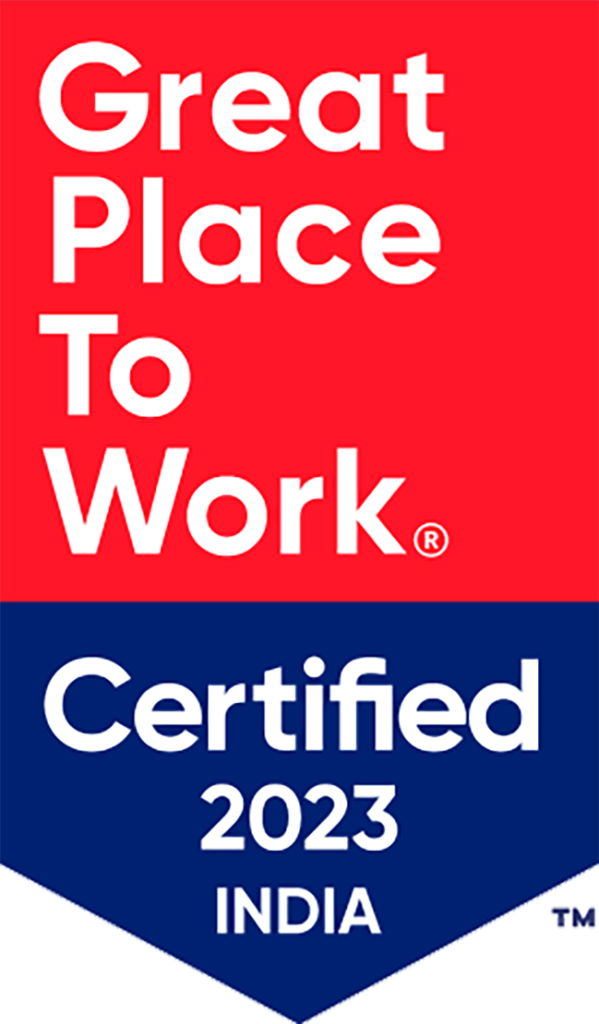Many of you may or may not know, but I like to do presentations. For the past seven years, I have been doing speaking sessions for the channel on topics that impact MSPs. Over the years I have learned how important it is to connect with people with an audience, whether it’s a group of 10 people, 30, 100, 200 or 500. I’ve also been an MC at my fair share of weddings and events. Whether you’re the host or the presenter, there are a few tools that I have learned along the way that I wanted to share with all of you.
I have said this before, and I will say it again, one of the greatest tools we can learn as leaders is how to effectively communicate. It’s not just helpful for our team, but also in how we present ourselves to others. That’s 100% true. However, when speaking on a stage, or connecting with people, communication is not the only component.
Connecting is not about learning skills to be a better communicator, but to be the person people want to connect with.
This isn’t always easy, and you won’t win 100% of the time, but if you can become a member of your audience and be “one of them” it’ll make the presentation resonate better. Understand your audience is usually there to learn something, so no berating people. Inspiring or relating to the challenges is a better way to handle the toughest of crowds.
One of the most important characteristics of doing well on stage is to be genuine and kind. I say this often, and many of you may have heard it already, but you can’t train people to be good human beings. You can train a skill, but by the time we meet people as adults, there is little we can do to change behavior that has been ingrained into them by adulthood. And learning to connect with people has a lot to do with who you are as a person. People don’t care how much you know, until they know how much you care. Being able to be your authentic self, and for them to “feel” passion, is especially important.
You know the saying about first impressions, well it’s true. During presentations, your audience will make snap judgements in under 5 seconds and then spend the rest of the time looking for ways to support that decision. It’s important that when we are trying to connect, we make a powerful first impression. That means we need to be:
- Well groomed
- Well dressed
- Wearing clothes that fit
- Listening
- Leaning in during the presentation
- Keeping a warm smile
- Making eye contact
- Keeping a positive tone of voice
- Moving confidently
- Reading the room – if something is not resonating, move along
- Giving sincere compliments if warranted
Now don’t worry, some of these you can prepare in advance, while others will come with practice. Remember, you have to be willing to be vulnerable on stage. No one expects you to be perfect, or know every answer, but they do want you to be authentic and kind.
And finally, a tool I use a lot is humor, the self-deprecating kind. You have to be able to laugh at yourself. Now, I’m not saying to add a crude joke, but something that is relatable, and people get. Practice the joke at home first, if you have to explain it, it’s not good, and be willing to laugh at yourself.
Find enough balance in the presentation to be an expert, add in some humor, connect with your audience, and you will create a presentation that your audience will appreciate and remember.
For more content like this, be sure to follow ITBD on LinkedIn and YouTube, check out our on-demand learning platform, Build IT University, and be sure to Register for Build IT LIVE, our 3-day education focused conference, September 9-11 in Orlando, FL!







